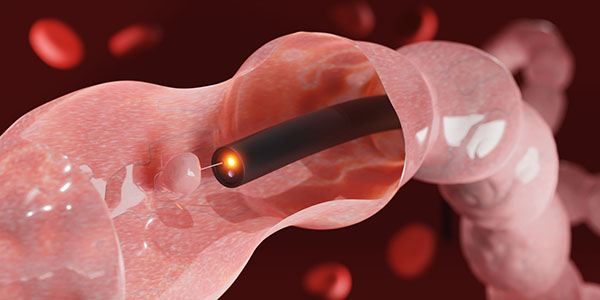A colonoscopy is a routine yet essential medical procedure that enables healthcare professionals to examine the inner lining of your large intestine. This procedure plays a vital role in early detection and prevention of colorectal cancer, one of the most common types of cancer globally. This article aims to demystify the process, procedure, and preparation involved in a colonoscopy, providing comprehensive insights and helping you understand what to anticipate if you’re scheduled for one.
Introduction to Colonoscopy: A Vital Diagnostic and Preventive Tool
A colonoscopy is a medical procedure that allows doctors to examine the inner lining of your large intestine (colon and rectum). It’s a crucial tool for diagnosing colon and rectal problems and performing screenings for colon cancer. During a colonoscopy, the doctor uses a thin, flexible tube with a camera and light at the end (colonoscope) to view the lining of your colon. They can also take tissue samples or remove any abnormal growths for further examination. This procedure is performed on an outpatient basis and typically takes around 30 minutes to an hour.
Preparing for Your Colonoscopy: The Pre-Procedure Process
Preparation for a colonoscopy is key to its success. This usually involves a special diet a few days before the procedure and a laxative solution to cleanse the colon. Following these instructions carefully is essential for a clear view of the colon. Your doctor will provide detailed instructions on preparing for your colonoscopy, including when to stop eating solid foods and taking certain medications. It’s crucial to discuss any health conditions or allergies with your doctor before the procedure.
Understanding the Colonoscopy Procedure: What to Expect
During the procedure, you’ll likely receive sedatives or anesthesia for comfort. The doctor will insert a long, flexible tube (colonoscope) into your rectum and gently guide it through your colon. The scope has a camera that sends images to a monitor. The doctor will carefully examine the lining of your colon and may take tissue samples or remove polyps (abnormal growths) for further analysis. While this may sound uncomfortable, most people do not experience any pain during the procedure.
During the Procedure: Techniques and Tools Used
The colonoscope pumps air into the colon to inflate it and provide a better view. The doctor can pass tools through the colonoscope to take tissue samples (biopsies) or remove polyps if necessary. They may also use a snare or loop to remove these abnormal growths. The images from the colonoscope are captured and stored for further review.
What to Expect After a Colonoscopy: Recovery and Results
Post-procedure, you may feel bloating or cramping due to the air. Rest is recommended until the effects of sedatives wear off. The doctor will discuss initial findings with you, but biopsy results might take a few days. If polyps are removed, they will be sent to a lab for further analysis. Your doctor will also provide instructions on when you can resume normal activities and any follow-up care needed.
Potential Risks and Complications of Colonoscopy
While generally safe, colonoscopy carries few risks, such as perforation of the colon wall or sedative reactions. Discuss potential risks with your doctor. Be sure to seek immediate medical attention if you experience severe abdominal pain, bleeding, or a fever after the procedure.
The Role of Colonoscopy in Cancer Prevention and Early Detection
Colonoscopy is effective in detecting early-stage colorectal cancer and precancerous polyps. It’s a powerful preventive measure, significantly reducing the risk of colon cancer. Regular screenings are recommended for those above 50 years of age or earlier if there’s a family history of colon cancer.
Frequently Asked Questions About Colonoscopy Addressed
Common questions include:
- The procedure’s duration (usually about 30 to 60 minutes).
- The frequency of screening (varies based on risk factors and initial results).
- Dietary restrictions post-procedure.
Discuss any concerns or questions with your doctor before the procedure.
Advancements in Colonoscopy Techniques: Enhancing Comfort and Accuracy
Recent advancements have focused on making colonoscopy more comfortable and reducing risks. Techniques like virtual colonoscopy and enhanced imaging are continually evolving. Discuss these options with your doctor to determine the best approach for you.
Partnering with Your Healthcare Provider: Making Informed Decisions
Effective communication with your healthcare provider is crucial. Discuss your medical history, any concerns about the procedure, and the implications of the findings. Understanding the process and its purpose is key to a successful colonoscopy. Remember to follow all instructions carefully, be honest about your health, and don’t hesitate to ask questions.
Conclusion: Prioritizing Your Health with Colonoscopy
Colonoscopy plays an essential role in preventing and diagnosing colorectal cancer. It’s a safe, effective, and painless procedure that can save lives. By understanding the process and preparing properly, you can make informed decisions about your health and take proactive measures to prevent colon cancer. Talk to your doctor today about scheduling a colonoscopy and taking control of your overall well-being. Let’s prioritize our health together. Stay healthy, stay safe!



 Close
Close